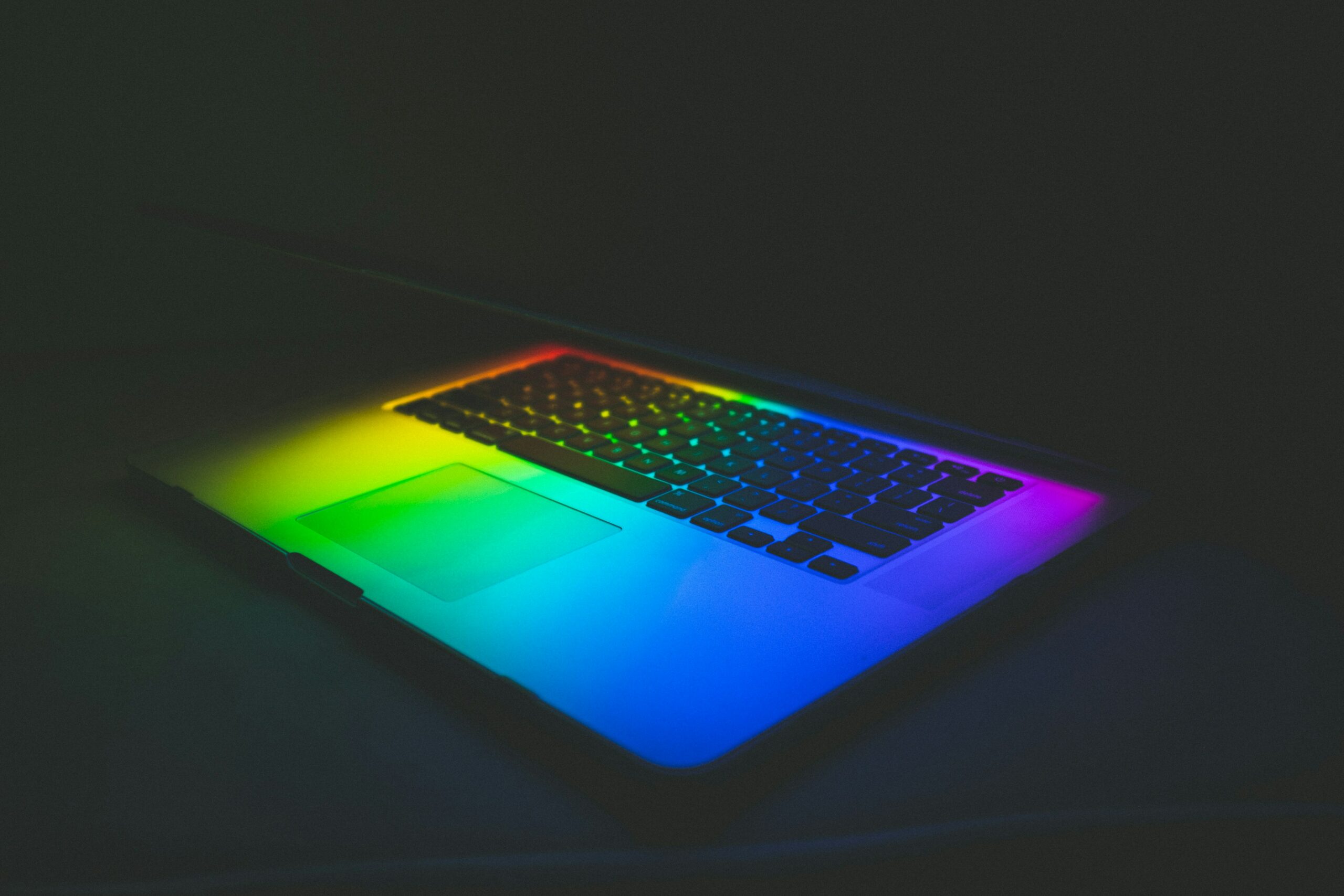Technology has the power to transform societies and promote inclusion, and artificial intelligence plays a crucial role in this process. However, for AI to reach its full potential, it is essential that it is designed and implemented with a perspective of diversity and inclusion.
This article explores how AI can be an ally in promoting diversity, especially for the LGBTQIAPN+ community, and provides practical examples of how this is being achieved.
The Importance of AI for Inclusion
Inclusion is a fundamental principle that should guide the development of any technology. In the context of AI, this means creating systems that recognize and respect user diversity, avoiding the perpetuation of existing biases. Inclusive AI not only expands access and equity but also enriches innovation by incorporating a wide range of perspectives and experiences.
How AI Can Promote Diversity
1) Recruitment and Selection
2) Sentiment Analysis and Inclusion Monitoring
3) Training and Development
4) Virtual Assistance and Support
Success Stories in Using AI for Inclusion
Pioneering companies are using AI to promote inclusion in various ways. For example, ILGA World launched a revolutionary tool that uses AI to support LGBTQIAPN+ activism globally, helping to monitor and report incidents of discrimination and violence against the community.
Queer in AI is another notable initiative. This group works to ensure that AI research and development include and benefit LGBTQIAPN+ people. They organize workshops and conferences to discuss how AI can be developed and applied inclusively, promoting broader and more equitable representation in the field of artificial intelligence.
Additionally, the Financial Times has developed an AI tool aimed at promoting diversity, which helps identify and correct biases in their editorial processes. This tool is used to ensure that journalistic coverage is fair and representative of all communities.
Challenges and Considerations
While AI has great potential to promote inclusion, it is crucial to address the challenges associated with its implementation. AI algorithms are only as unbiased as the data they are trained on. Therefore, it is essential to use diverse and representative data sets and adopt an intentional and ethical approach to designing AI systems.
Conclusion
Artificial intelligence has the potential to be a powerful ally in promoting diversity and inclusion, especially for the LGBTQIAPN+ community. To realize this potential, it is essential that companies adopt inclusive practices in the development and implementation of AI technologies. By doing so, we not only create a fairer and more equitable work environment but also drive innovation and progress in the technology sector.

 BLOG
BLOG






